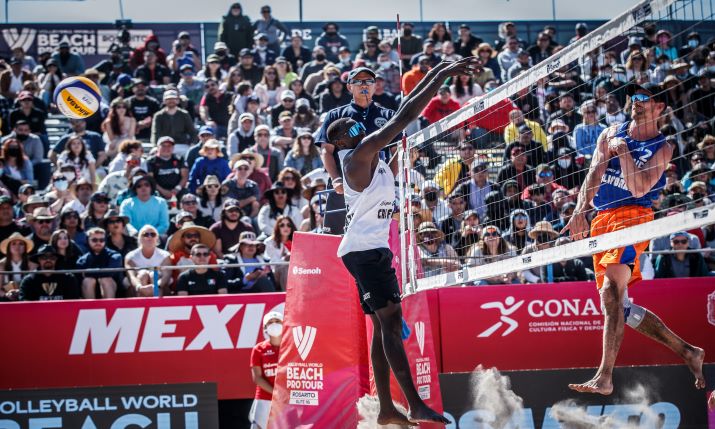Less is more: Magnifi on what 2022 taught us about sport fans’ desire for short-form video
 By Vinayak Shrivastav, Magnifi CEO and co-founder.
By Vinayak Shrivastav, Magnifi CEO and co-founder.
The image of a family sitting together on the couch, tuning in to watch their favourite sports team, may soon be a thing of the past.
Today, a significant portion of sports-related video consumption occurs online through various social media platforms, which means more fans are watching on the go and sporadically throughout the day rather than at a set time. Likewise, almost 40% of global sports fans watch non-live content, and 47% consume sports while viewing or interacting with other live content [Marcomm News, 2022]. Registered license holders and broadcasters are adapting to accommodate evolving needs and behaviours, using these three lessons from 2022 as guidelines.
Lesson #1: Short-form video
One of the most important developments these last few years was the overwhelming desire from fans for real-time access to short-form videos, particularly among the younger generations. A study found that among NBA and MLB fans, younger ones prefer watching highlights on digital platforms over the entire game, while the older generations still enjoy viewing the match from start to finish [Variety, 2021]. However, young fans will ultimately become the old fans of tomorrow. Furthermore, global online live video streaming will reach $321.5 billion by 2030, up from $59.41 billion in 2021 [Straits Research, 2022], and broadcasters are preparing accordingly.
Lesson #2: Shortening attention span
Fans’ attention spans are also rapidly decreasing, reflecting the preference for readily available, short-form content. Social media is the primary driver of this deterioration as people have become accustomed to well-edited, bite-sized content. Generation Z, or the TikTok generation, doesn’t have the ability or desire to sit and watch an entire professional sports match [Sportico, 2021]. These younger demographics will watch the last few minutes of a close game, but they’ll consume the highlights on their phone through apps like YouTube, Snapchat and TikTok. Moreover, regardless of age, sports fans have become so impatient for content that they will even turn to pirated sources to get their fix. And because anyone with a smartphone can create highlight reel content, there has been a rise in piracy on YouTube and other platforms.
Lesson #3: Personalisation
Like every industry aiming to provide exceptional customer experience, personalisation has become the gold standard. Sports broadcasting is no exception. Fans don’t want generic, one-size-fits-all content; they want content curated and tailored to their preferences. A die-hard American Football fan doesn’t want to see cricket highlights on their feed and vice versa. Fans also desire content that speaks specifically to their team or to certain players they follow, like Messi or Ronaldo. How sports get consumed must also accommodate the fan’s preferences. Modern fans expect the freedom to watch sports whenever and however.
How can the industry adapt?
One possible approach license holders and broadcasters can implement is to leverage artificial intelligence (AI) and machine learning (ML)-powered automation solutions to streamline video workflows, such as publishing, editing and content discovery. Enhancing processes through automation will enable sports broadcasting to keep up with a steady stream of short-form videos cost-effectively. AI-powered automation solutions remove much of the expensive and tedious labour required to create high-quality content at scale. Furthermore, registered license holders and broadcasters can benefit enormously by creating more short-form content from their library of existing footage.
These AI and ML solutions will also be pivotal in the fight against piracy. Unfortunately, fans don’t care where they get their sports videos from, regardless of whether it is someone with a smartphone or a business that paid millions of dollars to get the rights. What matters is how fast it gets uploaded. Every fan that consumes a pirated highlight is a lost view for license holders. While the video quality is a factor, speed is everything, which is why automated video editing and publishing tools are critical, as they are even faster than the savviest plagiarist.
Content consumption and engagement have never been higher, and they will continue to grow with the proliferation of cheap and accessible data. And while the image of the family gathered together on the couch may fade, there will soon be a picture of that family dispersed throughout the house, watching their favourite sport on their own device. Indeed, the lessons gleaned from 2022 will be indispensable in the coming years, and broadcasters and license holders must remain agile and open to the evolving preferences of fans.
